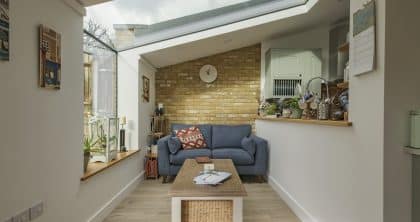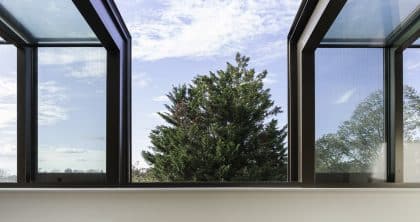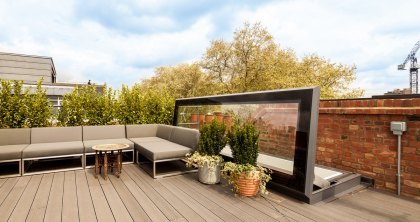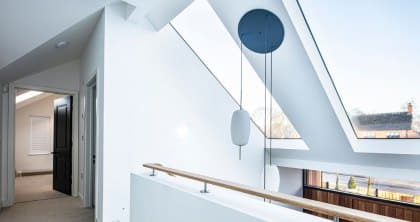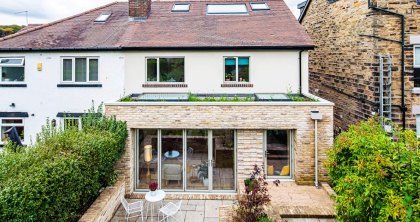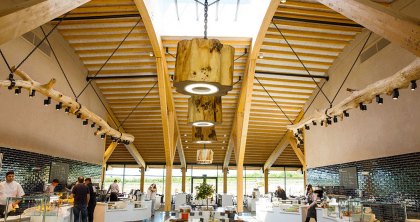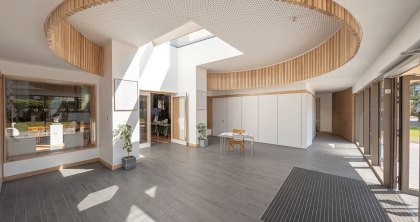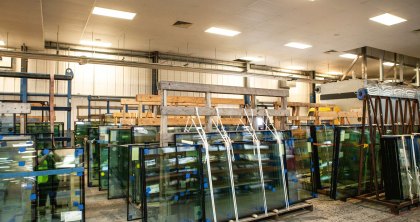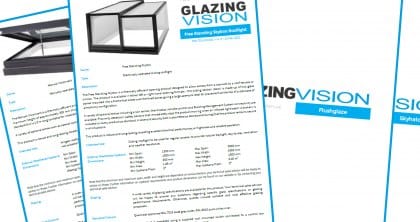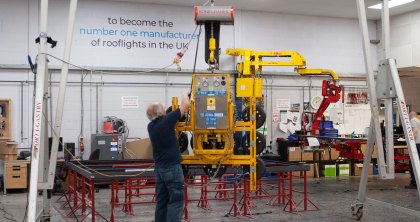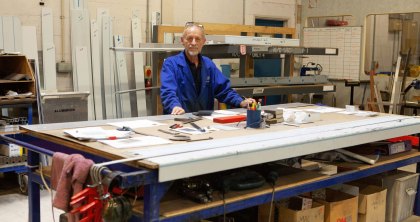- Home
- Rooflights
- Roof Windows
- Bespoke Service
- Inspiration
- Resources
- Guide to Extensions
- Approved Document L Whitepaper
- Guide to Specifying Glass in Rooflights
- Specifying Roof Terraces Guide
- Rooflights and Roof Windows Guide
- Inspirational Kitchen Design Ideas
- Thermal Performance Whitepaper
- Approved Document Q Whitepaper
- Approved Document K Whitepaper
- Guide to Improved Daylight & Ventilation
- Approved Document F Whitepaper
- Approved Document O Whitepaper
- Case Studies
- Blog
- ESG
- About us
- Contact us
SECURED BY DESIGN ROOFLIGHTS
Part Q Compliant Secured by Design glass rooflights tested to LPS2081:1 2015
Security isn’t something you leave to chance, you should ensure that all windows, doors and rooflights are secure by specifying the right product for the job.
Glazing Vision’s complete range of rooflights have been exhaustively tested against LPS2081 Issue 1:2015 standards, to comply with Building Regulations Approved Document Q – Security in Dwellings.
LPS2081 Issue 1:2015 is specifically designed to replicate the types of stealth attack common to domestic properties, if you are considering installing rooflights that could be deemed as ‘easily accessible’ under the criteria set out in Approved Document Q, then you must specify a product that has been tested to one of the relevant standards in order to comply with Building Regulations.

Secured by Design was established in 1989 and is the UK Police flagship security initiative which combines the principals of ‘designing out crime’ through physical security and layout across all realms of the built environment.
Secured by Design works with industry test houses to create and test high level security standards in response to trends in crime. Where a product manufacturer has successfully passed relevant security testing to an approved standard, it can then apply to have that product marked with the SBD logo.
You can be assured that where you see the Secured by Design logo, your product will be able to withstand a sustained attack by the most determined of intruders.
FIXED SECURITY ROOFLIGHTS
All Glazing Vision rooflights have been tested to LPS2081
The attacks are carried out in a controlled environment and cover glass, framework and mechanical fixings.
Glass can break, but should remain intact enough to prevent an intruder gaining entry into the building.
This footage of tests carried out on our Flushglaze rooflight demonstrates that although the outer pane eventually breaks, the inner laminated pane can withstand an attack for much longer.
In some cases glass rooflights will be specified and manufactured in modular sections, which include internal framework to support the joints between glazed panels.
In this example two sections of our modular Flushglaze rooflight is supported by an aluminium back-to-back angle. This type of support provides enough strength to prevent the intruder gaining entry for up to three minutes.
VENT SECURITY ROOFLIGHT
Opening rooflights are sometimes considered less secure than fixed because of their potential to be forced open.
Many opening rooflights do not have the same level of locking systems when compared to doors and windows, because in most cases they are not as easily accessible.
But with the increase in single storey home extensions meaning that more accessible rooflights are finding their way into buildings, the security of an opening rooflight should be carefully considered.
In this test, attempts are then made to forcibly pry open the lid section of a Visionvent rooflight, which results in failure because of the dual mechanical operating system housed within either end of the frame.

